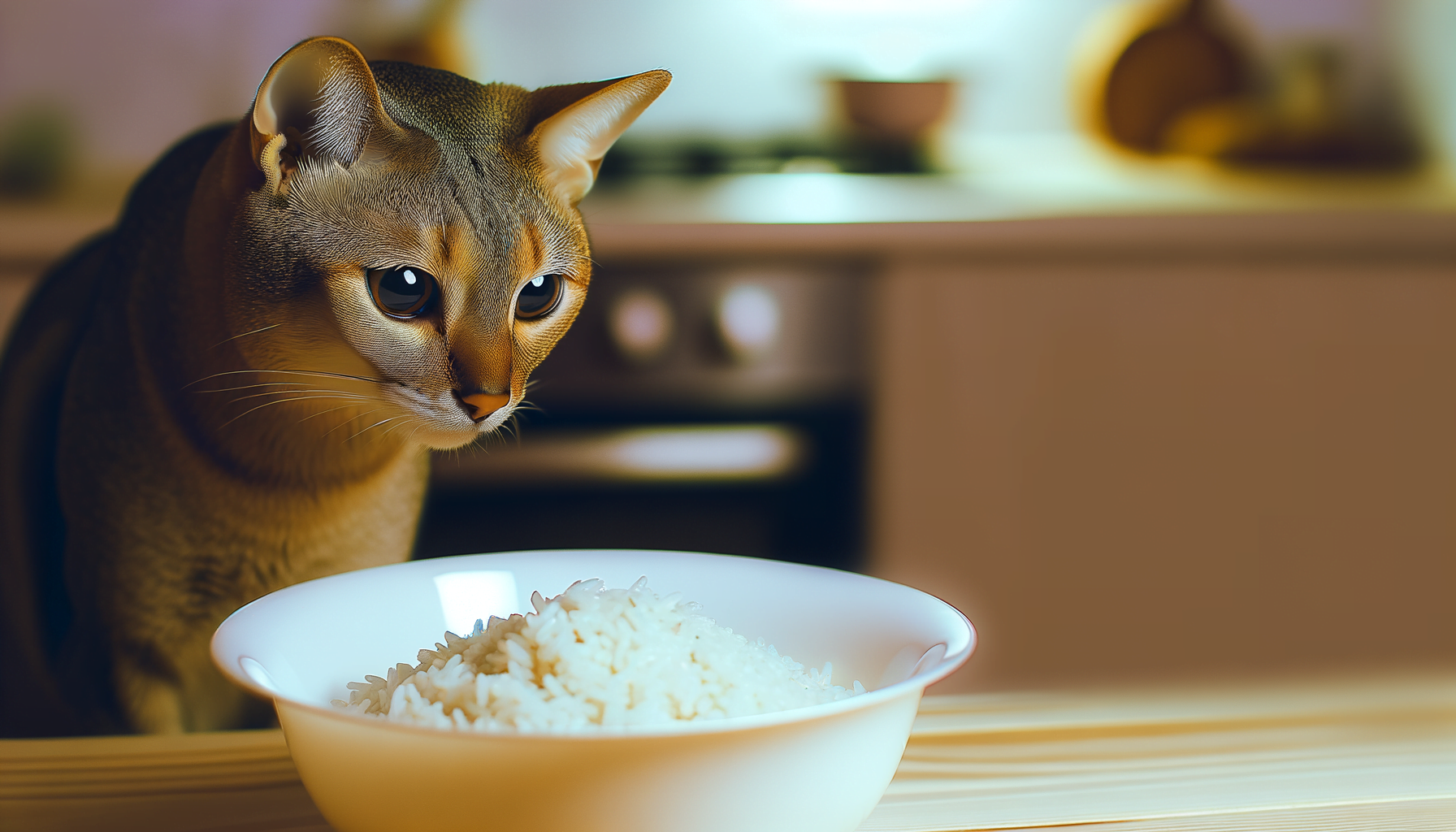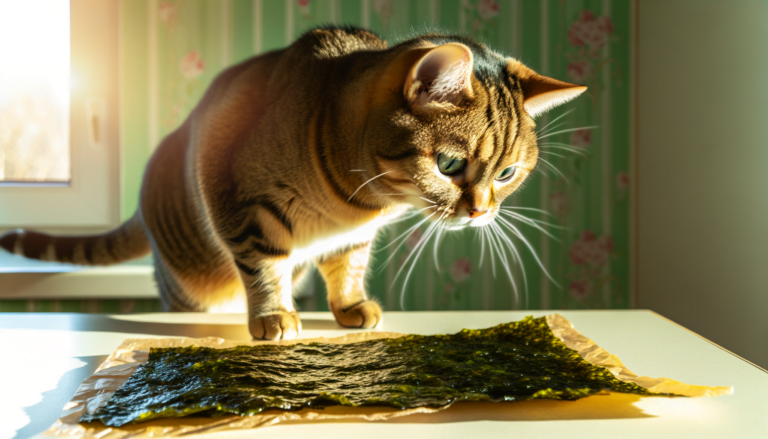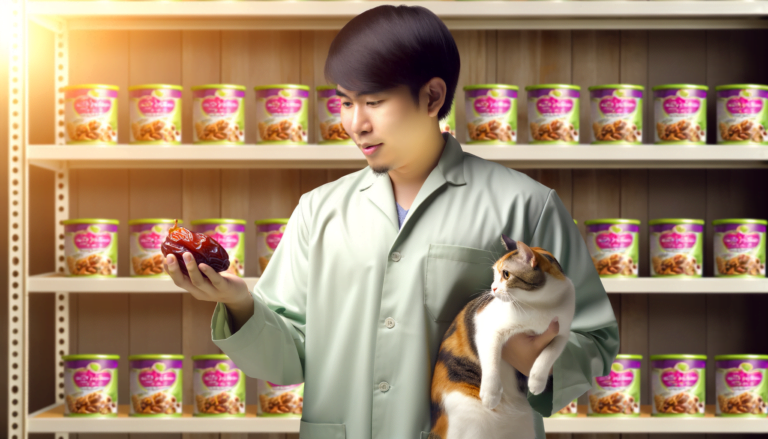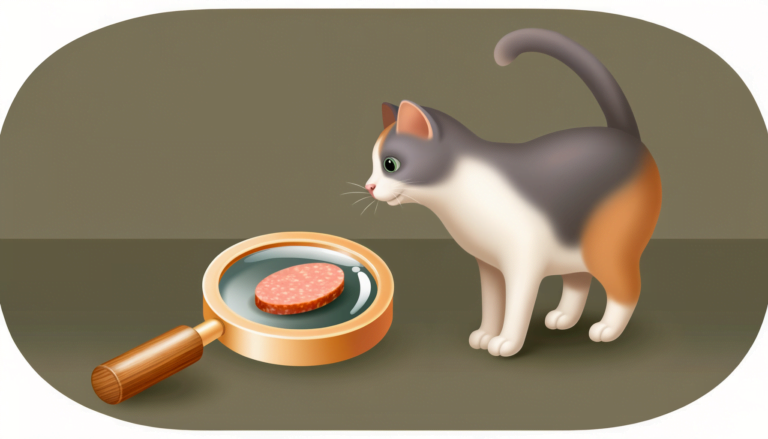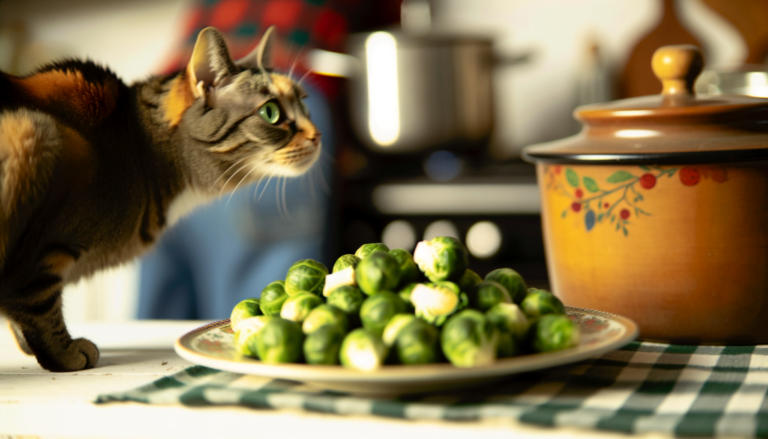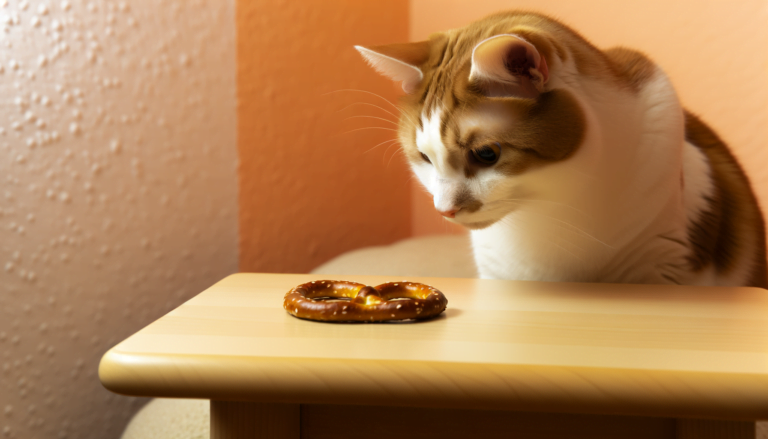Decoding Feline Diets: The Truth About Cats and Rice
Yes, cats can eat rice, although it should not be a significant part of their diet. As obligate carnivores, felines require nutrients primarily from meat. However, plain cooked rice in small amounts can be a safe supplement to their diets, especially when combined with a protein like chicken. Since rice is a source of carbohydrates, it should not be used as a daily food intake, but it can sometimes aid in digestion or help when a cat experiences stomach issues. Be cautious about overfeeding, as excessive carbohydrates can lead to obesity and diabetes in cats.
Understanding a Cat’s Dietary Needs
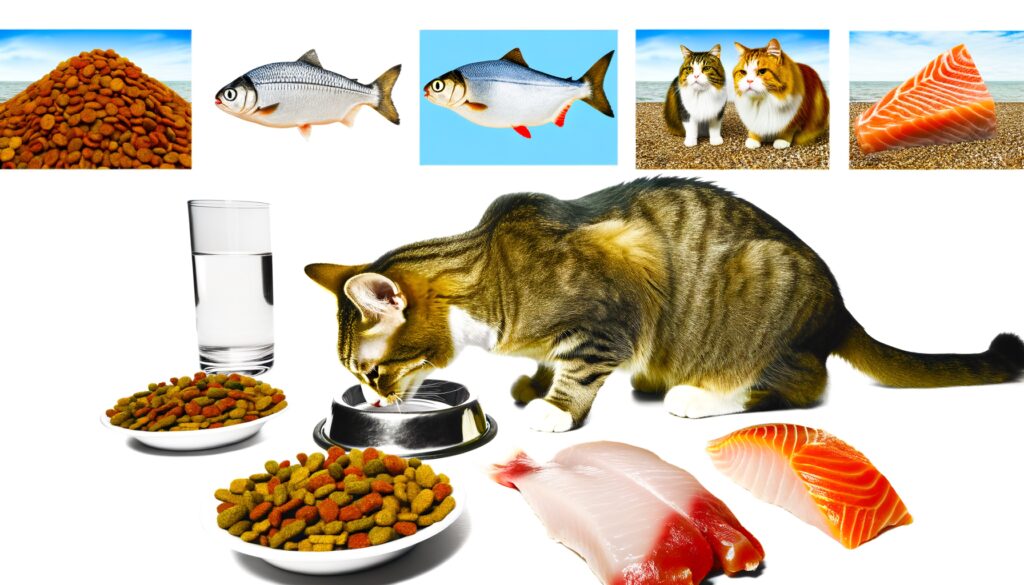
Cats are obligate carnivores, meaning their diet, in the wild, would consist almost entirely of meat. This nutritional requirement shapes their dietary needs in a domestic setting, too. Their bodies are designed to process animal proteins and fats; carbohydrates like rice do not naturally feature in their diet. While they can tolerate carbohydrates to some degree, their intake should be monitored and controlled.
It’s essential to know that a cat’s body needs specific nutrients that it cannot synthesize from plant-based ingredients. For example, tahurine, an amino acid essential for heart health, vision and reproduction, can only be found in animal tissue. Similarly, arachidonic acid, a fatty acid crucial for skin health, can only be obtained from animal fat.
We also need to consider the role of other nutrients, such as vitamin A and vitamin D. Cats cannot convert beta-carotene (found in plants) into vitamin A, unlike humans and some other animals, and they also can’t synthesize sufficient vitamin D from sun exposure. Therefore, these vitamins need to come from their diet, specifically from animal sources. Thus, while cats can technically eat rice, it can never provide a complete and balanced diet.
How to Safely Introduce Rice into Your Cat’s Diet
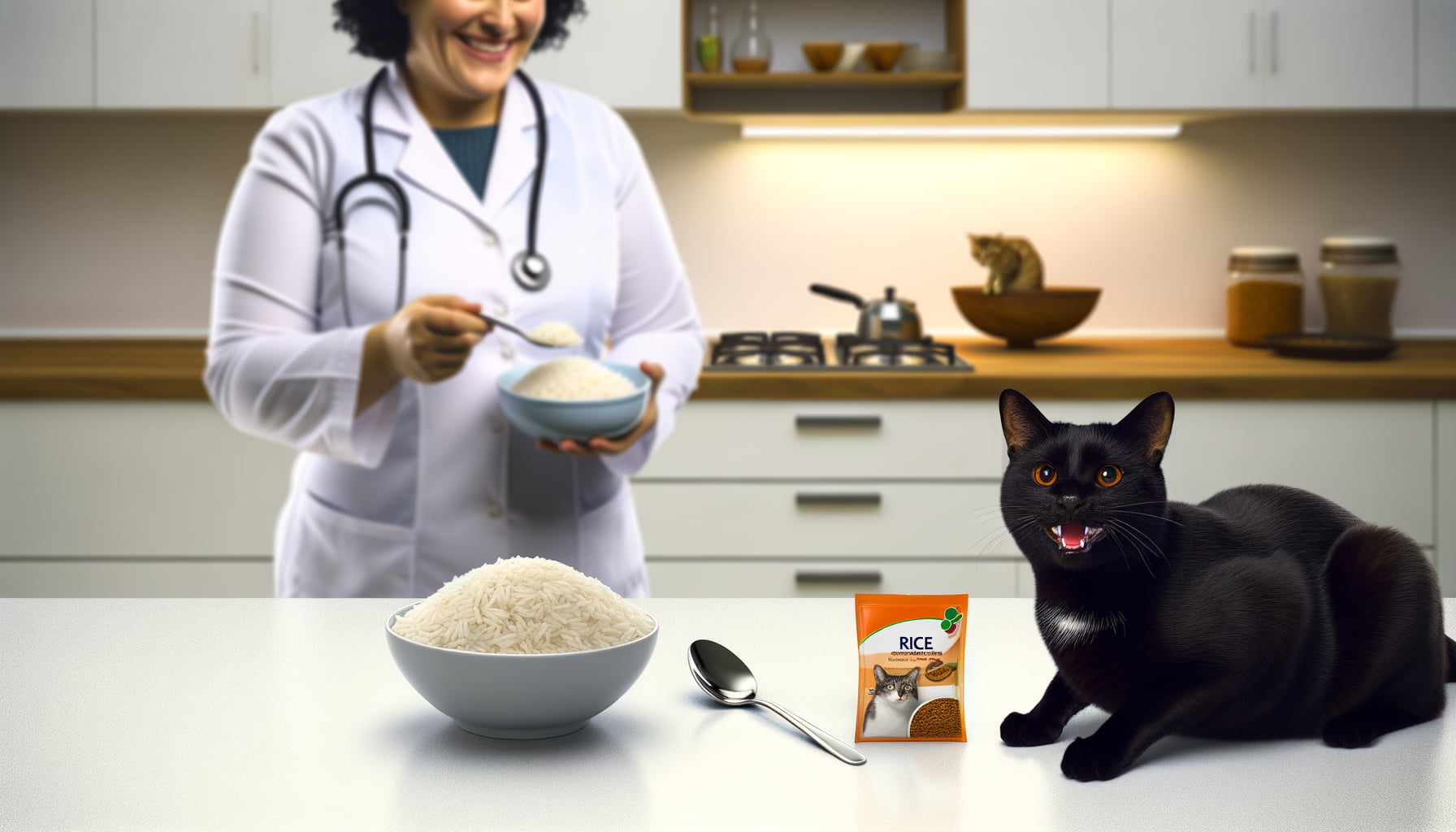
When incorporating rice into your cat’s diet, start slowly. It’s vital to ensure their digestive system can handle the change. A small amount of cooked, unseasoned rice can be mixed into their regular food. This gradual introduction can help avoid any potential digestive issues such as upset stomach or diarrhea.
Observation of your cat’s reaction is the key in this process. Monitor them for any changes in their behavior, digestion, or overall health condition. If you notice any unusual or adverse effects after they consume rice, it might be best to stop the intake immediately and consult a vet. Remember, just like humans, a cat’s nutritional tolerance varies among individuals.
In conclusion, it is important to maintain a balanced dining regimen for your cat. Rice should not replace the essential proteins, fats, and other nutrients they normally get from their food. Continuance with this practice will ensure your feline friend remains healthy and thriving.
Possible Health Risks of Feeding Rice to Cats
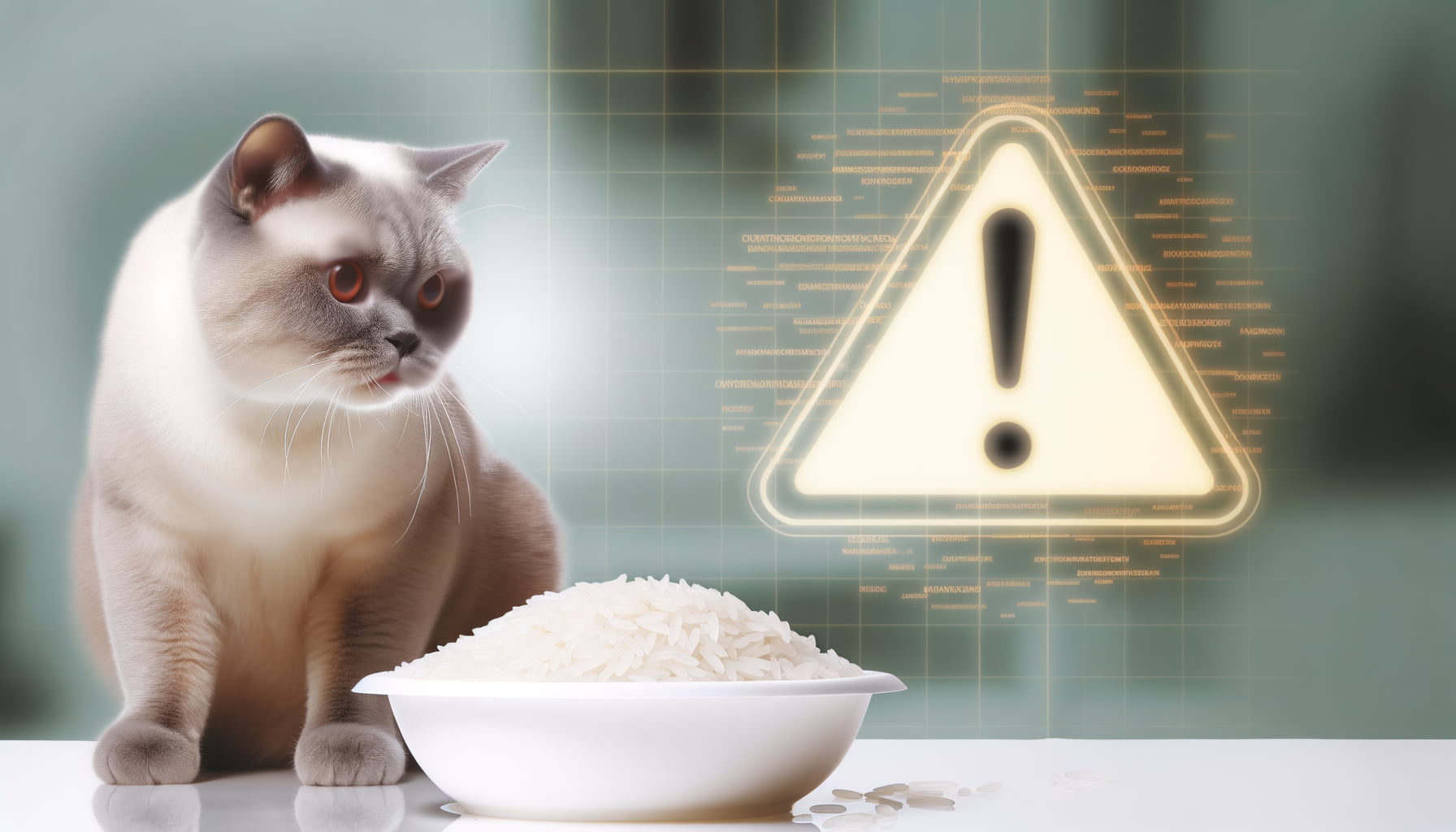
Cats are mostly obligate carnivores, subsisting on a diet rich in animal protein. But, can you give them a seemingly innocuous side dish like rice? While it’s true that rice is not inherently harmful to cats, there could be potential health risks when it’s featured heavily in their diet, given their specific dietary requirements.
One potential danger is the nutritional imbalance it may cause. Cats require certain nutrients like taurine, arachidonic acid, vitamin A, and many others usually found in meat. A diet rich in rice, a carbohydrate, and low in meat can lead to deficiencies in these essential nutrients. Furthermore, due to their inability to produce necessary enzymes, cats are less efficient at digesting carbs, which could lead to gastrointestinal digestive issues.
Another concern lies in the introduction of too much fiber into your cat’s diet through the consumption of rice. A sudden or substantial increase in dietary fiber can lead to a host of gut-related issues, including diarrhea, constipation, or even worse, potential blockages. In conclusion, feeding cats rice involves a delicate balance to prevent potential health risks.
Nutritional Value of Rice for Cats
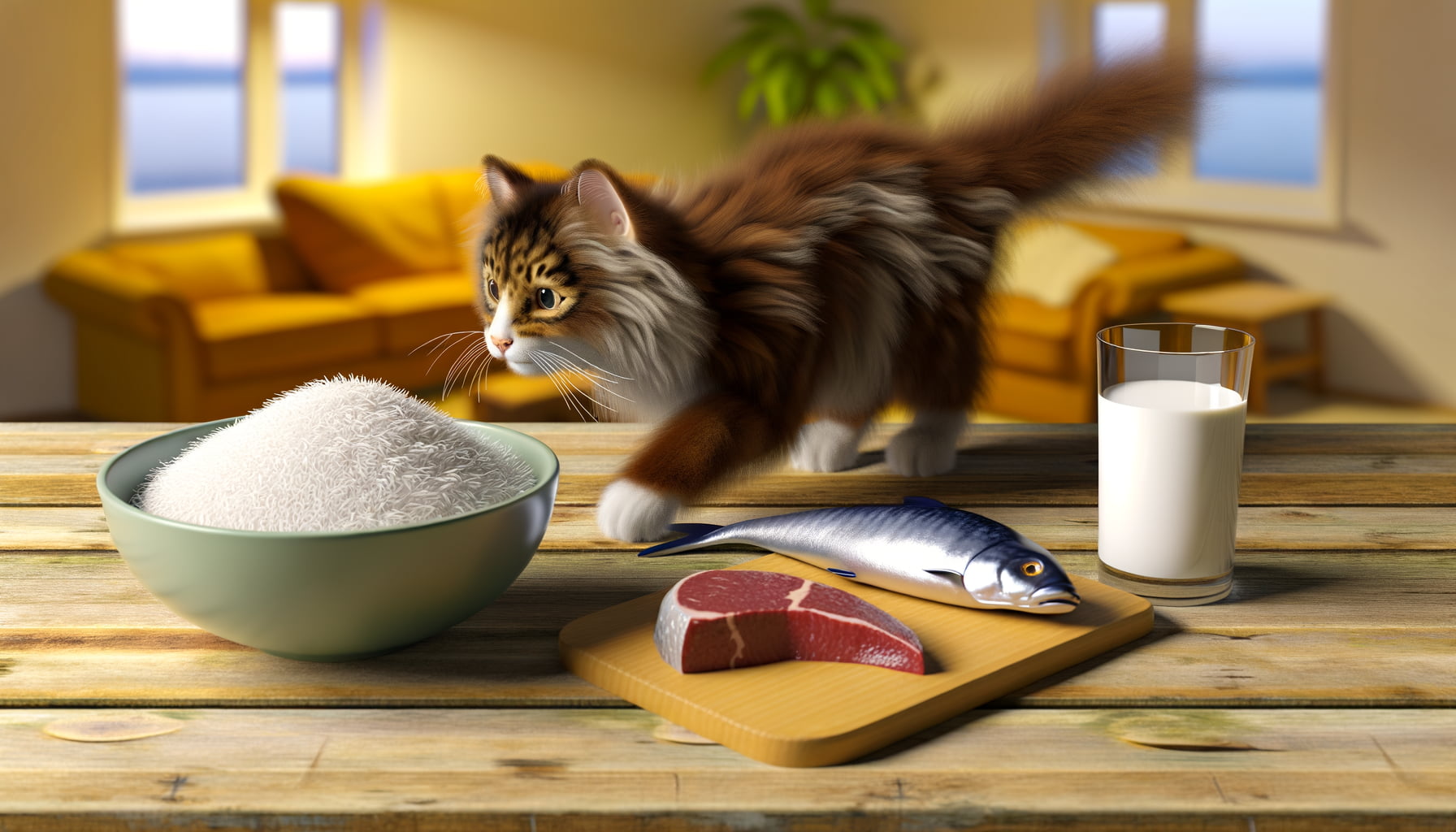
The nutritional value of rice for cats is often overlooked, in part due to the skewed perception that felines are obligate carnivores. However, incorporating your feline’s diet with moderate amounts of rice can provide some distinct benefits. This grain is rich in certain nutrients that, although not primary to a cat’s diet, can complement it, such as dietary fibres and some B vitamins.
Rice, specifically the brown variety, contains an essential nutrient, thiamine, which is particularly important for a cat’s health. Thiamine helps crafts specific enzymes needed to convert nutrients into energy. It’s crucial to note that cats are unusually susceptible to thiamine deficiency and therefore require a constant supply from their diet. This nutrient, found predominantly in rice, can provide an alternative source for their constant requirement.
Another essential aspect of rice is that it is easily digestible and can often be recommended to cats with sensitive stomachs. It does not contain any overwhelming proteins that could trigger food allergies hosting a low-fat content beneficial for any feline that may need to be on a diet. It’s the bland property of rice that settles a turbulent feline stomach offering comfort when your pet is ailing.
Conclusion
Decoding feline diets can be a complex task, but understanding the truth about cats and rice is essential for providing them with proper nutrition. By carefully considering the ingredients in your cat’s diet, you can ensure they receive the necessary nutrients for a healthy and happy life.
Remember, cats have specific dietary needs that must be met to support their overall well-being. Whether you choose to include rice in their diet or not, always consult with a veterinarian to determine the best food options for your feline friend.
